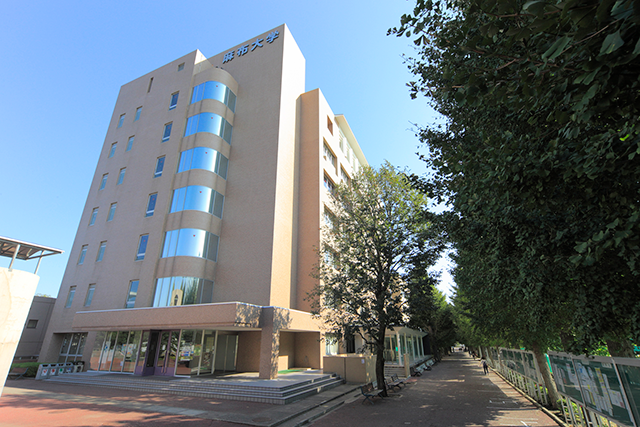A research group led by Professor Satoshi Takagi of the Department of Veterinary Medicine, Faculty of Veterinary Medicine, Azabu University, in collaboration with Amata Co., Ltd. and EDUWARD Press Co., Ltd., has developed VETS VR, a VR software for veterinary medical training.Using the latest VR technology, it is a teaching material that balances animal welfare and skill improvement of veterinarians.
Practical training using animals is often life-threatening for the animals, and it is not possible for one person to do it many times.However, until now, teaching materials had a sense of realism, but lacked the initiative to think and choose for themselves, and there was a desire for "things that can be experienced by oneself."
Therefore, Azabu University, centered on the research group of Professor Takagi, who is known as a pioneer in pseudo-education of animal training, together with Amata, which has the latest VR technology, and EDUWARD Press, which has know-how in developing teaching materials, has announced the "Digital and Developed the training VR software "VETS VR" that makes full use of VR technology for the first time in the veterinary medicine industry with the subsidy of "Advanced Specialist Human Resource Development Project to Drive Industrial DX by Combining Specialized Fields".
By introducing "VETS VR", it is possible to greatly reduce the burden on the animals being trained, and at the same time, "procedures" and "procedures" can be actually performed in a high-definition virtual space using a VR headset. can rememberFor students and new veterinarians, it is quite stressful to perform general anesthesia on actual animals, so it has the advantage of reducing frustration and allowing them to act calmly.
The teaching material program released this time is "Tracheal Intubation for Dogs".Tracheal intubation is a procedure that requires many necessary items and many steps up to intubation, so it is suitable for VR teaching materials.Under the careful supervision of a Japanese small animal surgery specialist, the selection of necessary instruments, induction of anesthesia, and tracheal intubation are faithfully reproduced in VR. can.

